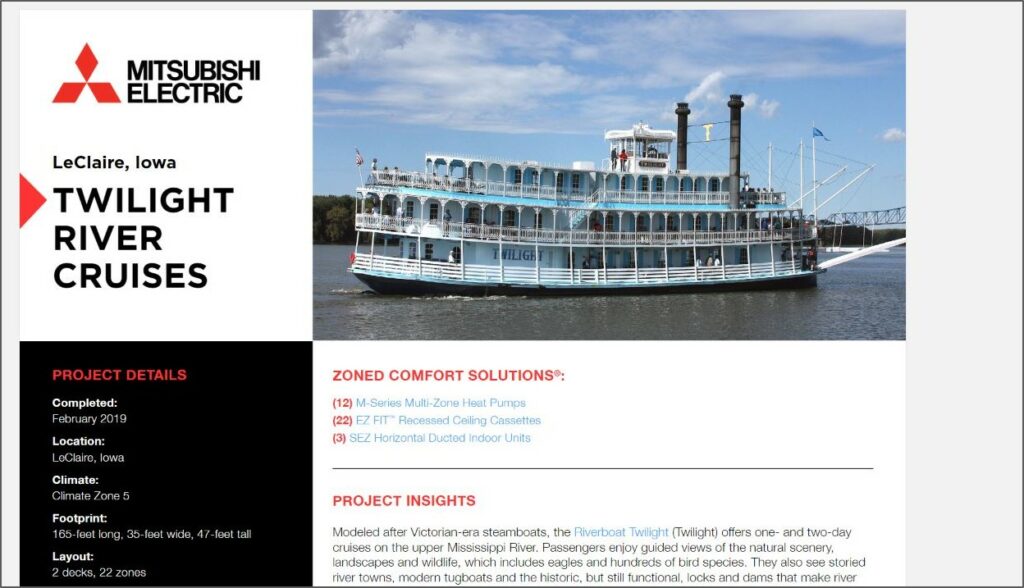Did you know? As much as 73% of B2B buyers say they rely heavily on case studies to make purchasing decisions. This means a business case study can be a powerful marketing tool. By providing detailed information about your company’s operations and successes, a business case study can show potential customers why they should invest in your products or services and build credibility.
Additionally, by discussing the challenges that you have faced and how you overcame them, a business case study can help trumpet your company’s achievements to potential clients.In this blog, we share a few ways in which you can leverage business case studies and expand your credibility amongst your audience.
P.S.: Want to know how to create compelling B2B case studies? Here’s a complete guide to help you get started!
Ways to Leverage Business Case Studies For Your Marketing Strategy
Here’s how businesses can re-purpose and use case studies in their marketing efforts:
1.Feature them on your company website: Prominently featuring business case studies on your website can help to instill confidence in potential customers, who may be intimidated by the technical jargon of formal business reports. You can have a separate tab such as “case studies” or “success stories” on the main navigation menu to highlight its importance.
You can display case studies on the company website as an example of how your business is able to provide exceptional customer service, solve complex problems or achieve remarkable results. This can help generate interest and encourage customers to learn more about your products or services. Additionally, it can also prove that your company is knowledgeable and experienced in the specific area of concern documented within the case study.
For instance, at 91Ninjas, we use our “case studies” section to offer new and existing clients a chance to browse through our work and discover the kind of benefits they can expect from us:

2. Use them in presentations and as sales collateral: You can use business case studies as part of presentations or sales materials. This allows potential customers and teammates to see for themselves what your business is capable of, helping convince them to invest time and money into learning more about it. Additionally, by attaching relevant images and graphics, you can create a clear visual representation that will be easy for others to understand. You can also convert them into PDFs for sending them over emails.
For instance, Mitsubishi Electric created a one-pager business case study for their sales department about how their solution helped Twilight River Cruises address their issue of passenger complaints about comfort.

3. Re-purpose into video content: If you have been able to compile a few powerful business case studies, why not turn them into video content? By including video testimonials from happy customers, you can show off the effectiveness of your products and services in action. Finally, be sure to add keyword-rich titles and descriptions so that viewers will easily find the information they are looking for!
Just have a look at this video case study example by CRED:

4. Use them in ads campaigns: You can include case studies (or excerpts from them) in ads that are specifically targeting potential customers or leads. Doing so helps ensure that those individuals see the product or service in a positive light which may lead them to make a purchase or contact you for more information.
Here’s an example of a general ad by SuccessKit. It is leveraging parts of its case study – a general quote – to send across the message:

5. Post them on social media: You can post business case studies on behalf of your company on various social media platforms. This allows others who are interested in similar subjects to learn more about your industry or product while also increasing the chances that potential customers will see it. Additionally, by including a link back to the relevant page on your website, you can ensure that visitors have easy access to additional resources should they need them.
You could use social media platforms like Twitter and Facebook to spread the word about your company’s amazing achievements via business case studies. You can also turn your business case studies into infographics, carousels, or videos.
For example, here’s a LinkedIn Post by PwC India on one of its case studies:

6. Incorporate them in the newsletter and marketing emails: You can send links to particular case studies to individual customers or members of targeted groups (such as potential investors) via marketing emails. This ensures that recipients will have a firsthand view of what your business is capable of and may encourage them to take action (such as contacting you for more information).
This can help you build client relationships. Your prospects would be happy to see information about their company and being a part of the community. You do not need to provide the entire case study content in the newsletter. You can write a few enticing lines about the business case study and then provide a link (CTA) to it!
This teaser of the article could be as simple as:
“We helped a _______ company increase its conversion rate by 550%, creating a robust inbound marketing strategy. Find out how we did it here.” ”
7. Media: You can also share business case studies with leading media houses, aiming at a wider audience. This includes articles, blog posts, social media posts, and more. Case studies can very well make good stories for media houses. You can share it as social proof and get it published in leading media houses. There are times when media houses pick up stories like these, organically!
8. Convert them into blogs: Case studies can be easily converted into blog posts. Once you have the case study ready, you can convert it into a blog and publish it on your blog site. This allows you to share your story in a more personal way, giving potential customers and other interested individuals an inside look at what it takes to succeed in your industry or product category. A tip here would be that instead of titling your post the same as your case study, write about a challenge that you overcame.
A great example here could be Moz. See how they have converted their case study into a full-fledged blog piece – [Case Study] How We Ranked #1 for a High-Volume Keyword in Under 3 Months.

9. Use them in your email signature: Your email signature can be a great place to include business case studies. You can just write the title and hyperlink the case study in your email signature. This is especially helpful for sales teams. Not only will this help to grab the attention of readers, but it can also encourage them to read additional emails from you in order to learn more about what you have to offer.
9. Use them in your email signature: Your email signature can be a great place to include business case studies. You can just write the title and hyperlink the case study in your email signature. This is especially helpful for sales teams. Not only will this help to grab the attention of readers, but it can also encourage them to read additional emails from you in order to learn more about what you have to offer.
Here’s an example:

Are You Ready To Re-purpose Your Business Case Studies?
By providing readers with a detailed look at your company’s operations, you can increase trust in potential customers. Additionally, by highlighting any challenges that you have faced and how you overcame them, business case studies can convince skeptical individuals to invest in your business. By re-purposing them into different content formats and using them effectively, you can ensure that your business succeeds.
If you are facing any difficulties in creating case studies or B2B marketing strategies for your business, we are here to help. To know more about us, visit https://91ninjas.com/.
